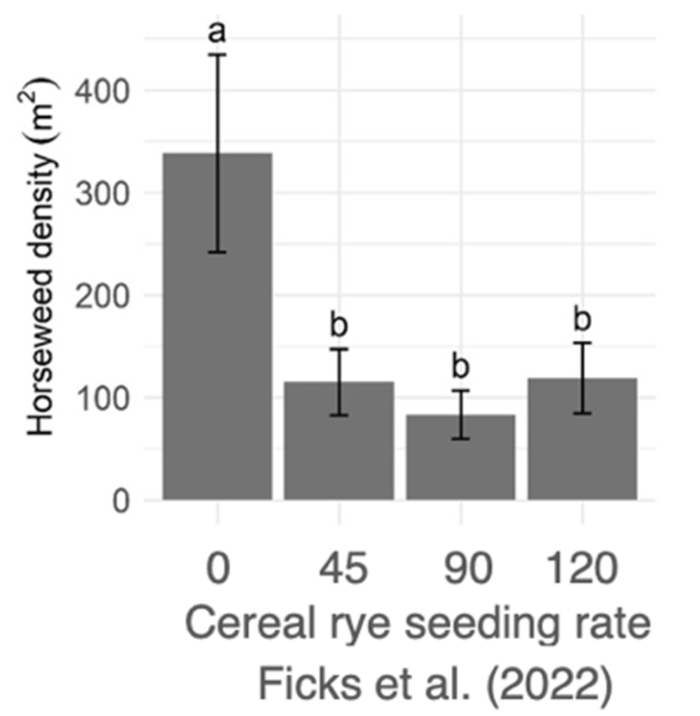
Cover Crop Tactics on Display at Soul of the Soil Conference
This week we are in beautiful Galena, Ill., and we got a choice to check out the first ever Soul of the Soil Conference. This is put on by the Fields of Sinsinawa who'll talk a little bit about what’s going on in the world of cover crops at the first annual soul of the Soil Conference.




Post a comment
Report Abusive Comment